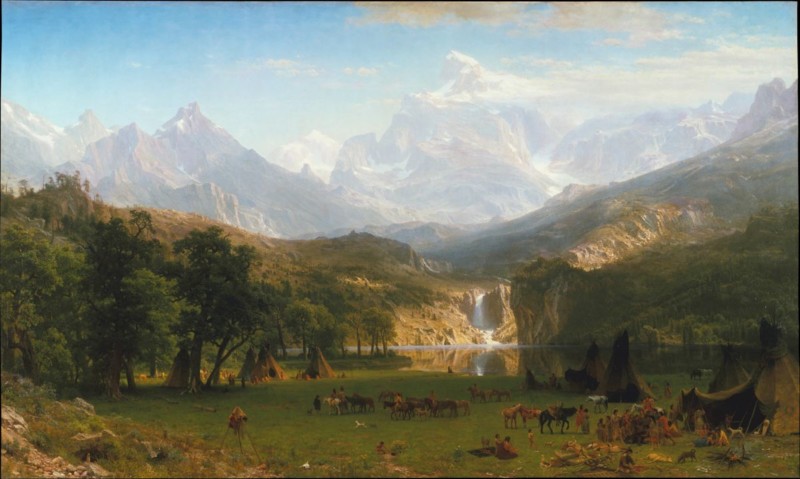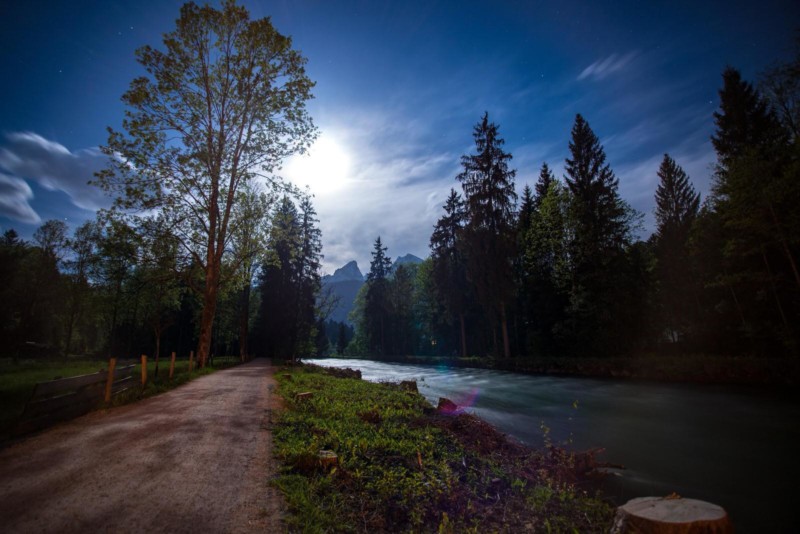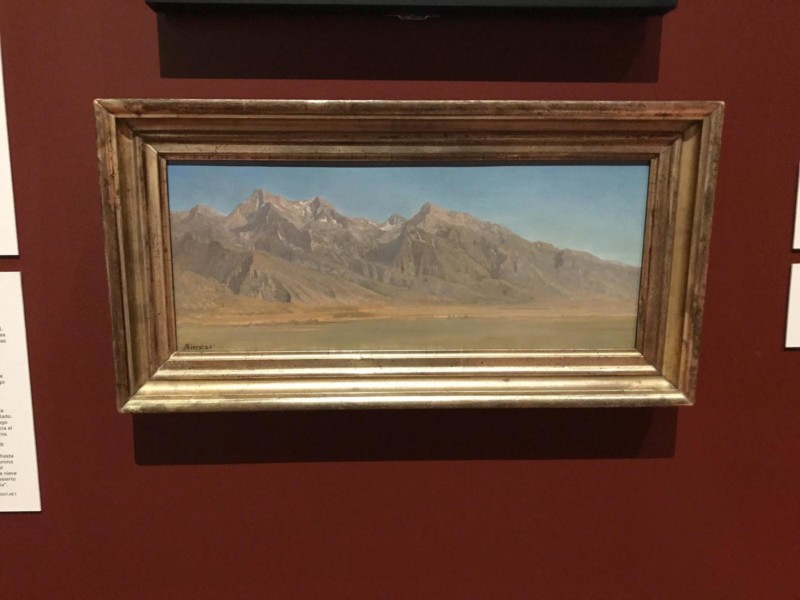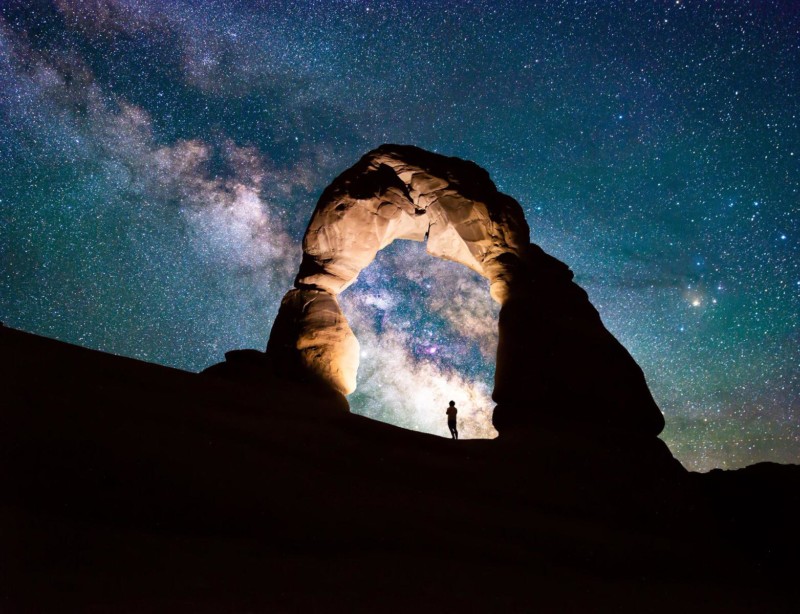In Search of Beauty: Discovering My Place in Art as a Photographer
![]()
I’ve been taking pictures since I was 10 or 11 years old. A friend of the family noticed the bored expression on my face at the wedding of an extended family member. He was the photographer and he walked over to me, placed a large camera in my hands with a full roll of film, and asked me to help him out. I didn’t know the first thing about cameras, let alone this one. About as much as I could say for it was that it was “nice.”
Most were blurry, none were well-composed, most were either under or over-exposed — but I couldn’t have been happier. It was a new and fascinating experience for me, and I wanted to feel the rush that came with capturing and reproducing the vision I’d had of the event over and over again.
More than 10 years later, you can find me almost every weekend with a camera in-hand. On a usual trip, I have my camera bag loaded up with lenses, camera frames, and various other pieces of equipment — thousands of dollars worth — on some adventure. It doesn’t matter where I am going — up mountains, across oceans, or through deep canyons — the equipment goes with me. It has become almost a part of me. When I’m out, it becomes as vital as proper clothing, food, and water.
My work has come to focus primarily on landscape photography. I’ll shoot a wedding occasionally, or snap portraits of friends when asked, but I feel at my best when I’m outside, experiencing what the world has to offer through the lens of my camera. About two years ago, I began indulging in a narrower genre known as landscape astrophotography, which sets dramatic landscapes against the similarly dramatic night sky.
This particular brand of photography requires me to visit some of the most remote locales in the world. Places where the sting of artificial light won’t affect your vision or pollute the skies. In these places, the human eye will see more than a couple dozen stars, scattered across the jet-black blanket of space. Stars beyond number speckle that dark canvas — a pointillistic panorama of cosmic proportions.
I could sit staring beneath those skies for hours. Honestly, it can be difficult to convince my often-exhausted self — exhaustion aside — to go to bed. “How many people get to see skies like this?” I wonder. Emerson said it best:
If the stars should appear one night in a thousand years, how would men believe and adore; and preserve for many generations the remembrance of the city of God which had been shown!
At a time when, for most, late-night lighting means dimly-lit apartments and brightly backlit smartphones, we’re so removed from the night sky that, even for someone like myself, it might as well be “one night in a thousand years” that I get to gaze into that breathtaking firmament — thankful to whatever gods may be for the wondrous spectacle—freely available — above my head. Awestruck, I begin to lose myself amongst those stars only to begrudgingly snap back to reality. I’ve got work to do.
I click-click-click away — gathering the photographic data that I need to compose an image. Staying up late is one thing, but often it takes 5-10 minutes per exposure to gather the deep-sky photographic data I need. To make it somewhat more stressful, moonlight has to be absent so as not to drown out the fainter light of surrounding stars. This allows for only a few days each month of good photographing. Add to that the scarcity of the night sky’s most commonly photographed subject, the Milky Way (which only appears 6-8 months out of the year and only during certain times of night), and I’ve got my work cut out for me.
I take that data home and, somewhere between my full-time job, school, social life, and other photographic projects, I spend hours post-processing the material (color corrections, clarity, white balance, exposure adjustments, composite blending, etc.) This is the work few people understand and most never witness firsthand, but in many cases, this is where I have the greatest opportunity to exercise a personal creative flair.
If the editing is done poorly, it doesn’t matter how good the location was or how clear the sky was, I’ll fail to do justice to these places and experiences I so deeply care about. It’s important for me to get it right — not only for me but for those who might look and be moved by the beauty or inspired to get out and explore the wonderful world around them.
From my digital darkroom, I take images and attempt to market them. A well-worded Instagram post with some personal thoughts, a post on Facebook, a link to my website. Logically speaking, the more people that see it, the more likely it is to be successful. If it does really well, I might sell some prints or get featured somewhere online — driving more traffic to my work. Often, however, high hopes lead to disappointment, and I try to remind myself that, ultimately, how I feel about my work is more important even than the lasting legacy of my photographs.
Still, it’s hard to ignore that voice in the back of my head that wants to be known. I already count myself as part of a rich tradition of artists and writers whose aim has always been to inspire by shedding a light on the beauty of the natural world, but I’m not sure yet that they’d count me as one of them.
When I was 17, my AP Art History teacher introduced my class to the “Hudson River School,” a group of artists whose focus was romantic landscape painting. They too were inspired by the likes of Emerson and Thoreau and using paint and canvas, they illustrated the drama of the Catskills and the Adirondacks beneath stirring skies. They wanted to show the wild-ness of wilderness, the mystery, and majesty of unconquerable Mother Earth.
As the movement spread, so did the geographic area it covered. Artists moved beyond the Hudson River and into the American West, painting as they went. Albert Bierstadt was one such artist. Born in Germany but raised in America, Bierstadt sought to bring life to the West through his painting — and he was uniquely qualified to do so. He spent years painting alpine landscapes across Germany, Austria, and Switzerland, and he reflected their drama in his sublime paintings of the Rockies, the Yosemite Valley, and other areas throughout the western territories. His process bore striking similarities to my own.
He visited a location and gathered raw data (in his case, preliminary sketches), he then returned home and exercised his artistic prowess while painting them on larger canvases. He often tweaked the preliminary sketches to match his vision. He drew on what had inspired him, to manifest the grandeur of a place, in addition to simply replicating its physical appearance. Afterward, he marketed heavily, seeking to spread the word about himself, his work, and the beauty that the West proffered.
Bierstadt was especially successful in his prime. So much so that, in 1863, his painting The Rocky Mountains, Lander’s Peak, sold for $25,000 — a record-breaking price.

He experienced widespread success through the 1860s and 70s, inspiring an entire generation of Americans to make their way West in search of the beauty Bierstadt’s paintings inspired them to seek. The land they found was beautiful, but some met only disappointment — failing to see in the landscape itself what Bierstadt had seen and later attempted to portray. He was lambasted by some critics for the inaccuracy of his portrayals — they were too dramatically lit, too idyllic, too beautiful.
That critical reception later in life led to a decline in his popularity. As he grew older, he experienced little success. This misfortune was exacerbated by the untimely loss of his home, studio, and many paintings to a fire. A decade later, he lost his wife. For the last decade of his life, Bierstadt was alone, his work generated little public interest, and he had little to his name. He died in 1902, a broken man.
While his paintings hang in major museums all over the world and he remains an important figure in the history of American art, his contributions as an artist are still sometimes called into question. Sure, his paintings are beautiful, but they’re not real. They’re excessive. Not only that, some argue that Bierstadt built his career upon lies told to the American public. Perhaps, they say, he was successful not because he was an exemplary artist, but because he was a conman. He sold America a vision of the West that didn’t exist.
If those critics are right — if Bierstadt’s paintings don’t offer viewers more than false representation of a seemingly objective visual — why do the Metropolitan Museum of Art in New York and the Museum of Fine Art in Boston (the two largest art museums in the U.S.) still place Bierstadt’s paintings in places of prominence in their American collections? Is it enough for great art to be simply beautiful — as Bierstadt’s most certainly is?
I haven’t been out to photograph for a couple months — plagued by this question. Am I an artist — or simply a salesman out to earn a quick buck or some social acclaim? Does my work have value beyond being simply “nice to look at?”
For years, I’ve felt a particular kinship to Bierstadt. We share German heritage, we have a shared appreciation for nature, and we love a lot of the same places. I’ve visited the mountains he studied in Switzerland, and I recently stumbled upon paintings he’d done of the mountains right behind my childhood home. I’ve felt even more closely drawn to him as I’ve attempted to answer my own artistic dilemma by defining my love for his work.


Somehow able to sense my artistic crisis, a friend asked me recently how I felt about photographing around the “ugly busy-ness” of over-crowded national parks or congested urban metropoles. Another criticized my astrophotography. “Human eyes”, he said, “cannot see what your camera has captured. That scene does not exist.”

It’s true that the sensor of a digital camera is capable of more (in some respects) than the human eye. Why is it then, that even when a picture whose clarity and color exceeds the potential of human senses, I find myself continually urging others to visit the places I photograph for an even greater experience?
It took me aback when I realized the experiences I had with those two friends reflected the criticisms lobbed at Bierstadt all those years ago. I replied simply to the first that the people to whom she referred usually don’t factor into the mental image I have of a particularly beautiful place. My pictures show people exclusively what I want them to see.
Jonathan Swift once said that “vision is the art of seeing what is invisible to others.” In my situation, perhaps vision is the art of not seeing what may be impossible for others to ignore. I create a new reality from the reality that exists. Our romantic friend Emerson said “love of beauty is taste. The creation of beauty is art.”
Maybe it’s not real. Maybe it’s fiction. But artistic value has always been found in the unique perspective of artists. Just ask Van Gogh or Picasso — who certainly saw things differently. I choose to see Bierstadt in this sense — as an optimist who looked and saw idealized beauty in the wild west. In the meantime, I’ll keep working to solidify my own place in that tradition.
About the author: Matthew Pockrus is a landscape photographer based in Utah and focusing on the American West. The opinions expressed in this article are solely those of the author. You can find more of Pockrus’ work on his website and Instagram.